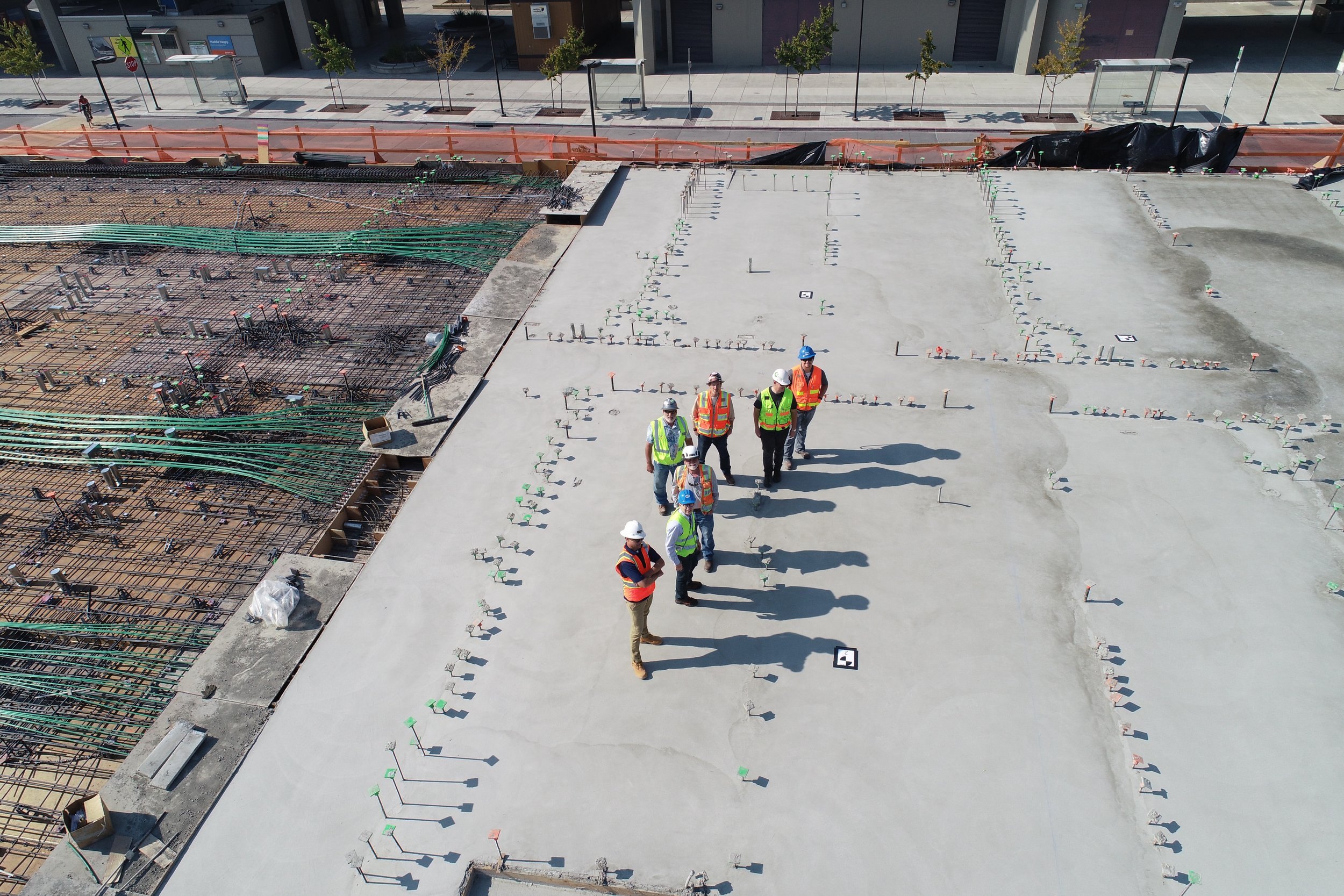WHAT IS SITEWORK AND WHY IS IT CRUICIAL TO CONSTRUCTION?
SITEWORK
Sitework is the process of preparing a construction site for building. This can include activities such as site clearing and grading, excavation, utility installation, and foundation work. The goal of sitework is to create a level, stable, and safe site for the construction of a building or other structure. Sitework is typically carried out by a specialized contractor with experience in this phase of construction.
Sitework is a crucial phase of construction that sets the foundation for the entire project. It involves preparing the site for building, including activities such as site clearing and grading, excavation, utility installation, and foundation work. Proper sitework is essential for the success of the project, as it creates a level, stable, and safe site for the construction of the building.Sitework is typically carried out by a specialized contractor with experience in this phase of construction. The sitework contractor is responsible for managing the different phases of sitework, including coordinating with other contractors and ensuring that the work is completed according to the project plans and specifications.There are several challenges that can arise during sitework, such as unexpected site conditions, weather, access and logistics, permits and regulations, safety, and budget and scheduling. To overcome these challenges, it is important to have experienced professionals who can plan and manage the sitework process effectively.In addition to the technical aspects of sitework, it is also important to consider the environmental impact of the construction project. Sitework can have an impact on the natural environment, including the air, water, and soil. For example, site clearing and grading can cause soil erosion, and the use of heavy equipment can generate air and noise pollution.To minimize the environmental impact of sitework, it is important to follow best practices and regulations. This can include using erosion control measures, such as silt fences and sediment basins, to prevent soil erosion. It can also involve using low-emission equipment and taking steps to reduce noise pollution.Furthermore, it is important to consider the long-term sustainability of the project. This can include using sustainable materials, such as locally sourced and recycled materials, and implementing design elements that promote energy efficiency and water conservation.What are the different phases of sitework?
The different phases of sitework can vary depending on the specific project, but some common phases include:
Site preparation
This involves activities such as clearing the site of vegetation and debris, grading the land to create a level surface, and stabilizing the soil to prepare it for construction.
Excavation
This involves digging out the site to create the desired foundation depth and prepare the ground for the placement of footings and other foundation elements.
Utility installation
This involves installing the necessary utilities for the project, such as water, electricity, and sewer lines.
Foundation work
This involves constructing the foundation of the building, which typically includes footings, walls, and other elements that support the weight of the structure.
Building pad preparation
This involves creating a level and stable surface on which the building will be constructed.
Site restoration
After the construction is complete, the site may need to be restored to its original condition, including replanting vegetation and installing erosion control measures.
What are common challenges in Sitework?
Some common challenges in sitework can include:
Unexpected site conditions: The site may have underlying soil or ground conditions that were not anticipated, such as rock formations or underground water. This can cause delays and increase costs.
Weather: Inclement weather can cause delays and make it difficult to carry out certain sitework activities. For example, heavy rain can make it difficult to grade the site or pour concrete.
Access and logistics: The site may be located in a difficult-to-reach area, or there may be challenges in getting equipment and materials to the site.
Permits and regulations: There may be regulations and permits that need to be obtained before sitework can begin, which can cause delays.
Safety: Sitework can be a dangerous job, and there is a risk of accidents and injuries on the construction site. It is important to have safety protocols in place to protect workers.
Budget and scheduling: The sitework phase of a project can be complex, and it is important to manage the budget and schedule carefully to avoid delays and cost overruns.
safety measures during sitework
Safety is a critical aspect of sitework, as construction sites can be dangerous places. There is a risk of accidents and injuries, so it is important to implement safety measures to protect workers. Here are some safety measures to consider in sitework.
Conduct a site safety assessment: Before starting work on the site, it is important to conduct a safety assessment to identify potential hazards and risks. This can include assessing the site layout, the equipment and tools that will be used, and the potential for accidents or injuries.
Develop a safety plan: Based on the results of the safety assessment, it is important to develop a safety plan that outlines the steps that will be taken to prevent accidents and injuries. This can include measures such as providing personal protective equipment (PPE) to workers, implementing safety procedures for working with heavy equipment, and training workers on safety practices.
Regularly inspect the site: It is important to regularly inspect the site to ensure that safety measures are being followed and that there are no new hazards. This can include conducting daily safety inspections, as well as monitoring the site for potential hazards, such as unstable ground or hazardous materials.
Invest in safety equipment and technology: There are many safety tools and technologies that can help prevent accidents and injuries on the construction site. This can include safety barriers and fencing, warning signs, and advanced safety equipment, such as fall protection systems and emergency shutdown systems.
Sitework is a complex and potentially dangerous process. By implementing safety measures and investing in safety equipment and technology, it is possible to reduce the risk of accidents and injuries and create a safer construction site.Featured Blogs
SIKES CONCRETE INC.
8030 FL-77, Southport, FL 32409
850-265-4564






